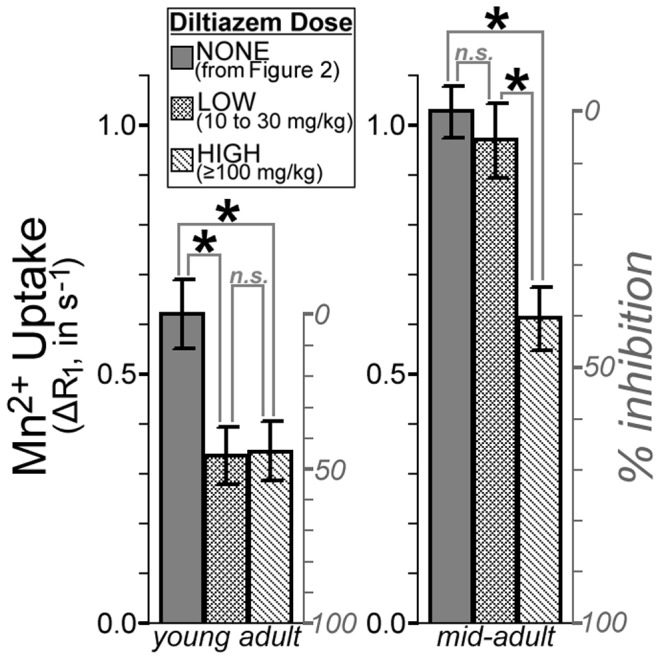Figure 7. An age-related change in sensitivity to diltiazem, measured in vivo with MEMRI.

Mn2+ uptake in these diltiazem-injected dark-adapted rats is compared to the age-matched dark-adapted control data from our longitudinal studies (shown in Fig. 3). The right y-axis for each plot shows % inhibition, calculated as [1– (ΔR1,diltiazem/ΔR1,control)]. In young adults, diltiazem significantly inhibits Mn2+ uptake (*P<0.05) at both low and high doses: Beyond the ∼40% inhibition seen with the low dose, no additional inhibition is seen with high doses (‘n.s.’ indicates not significant; P>0.05). In mid-adults, low doses of diltiazem showed no effect on Mn2+ uptake, but high doses yielded significant (*P<0.05; ∼40%) inhibition of Mn2+ uptake. Taken together, these data suggest that there is an age-related decrease in sensitivity to L-VGCC blockers, though with high (and not clinically relevant) doses, maximum inhibition is still possible. This pattern is consistent with an age-related increase in the relatively drug-insensitive α1D L-VGCC isoform. Similar results were obtained from the inner retina, and using drug dose as a continuous rather than categorical variable, as shown in Supplemental Figure S6 (in File S1).
